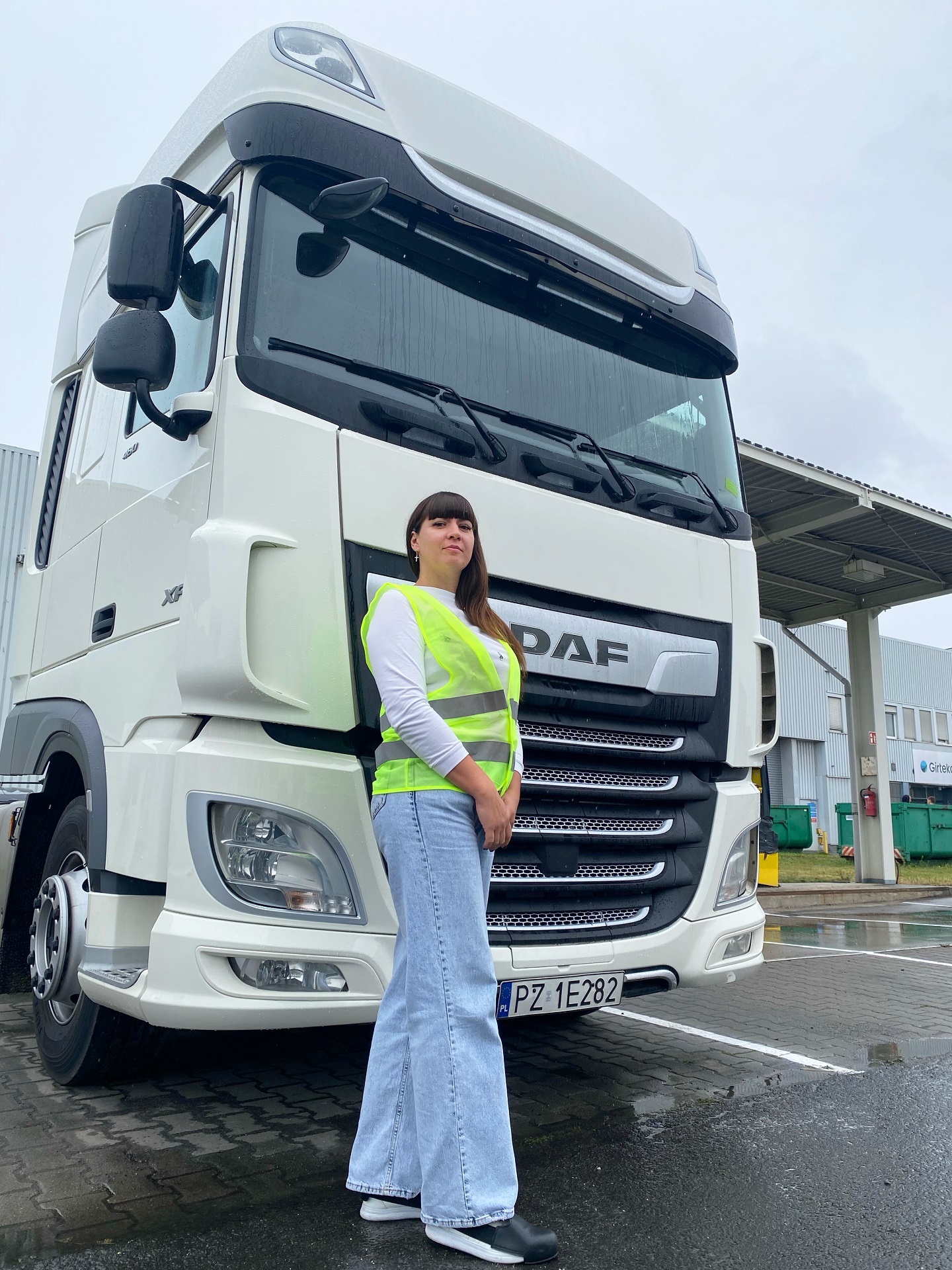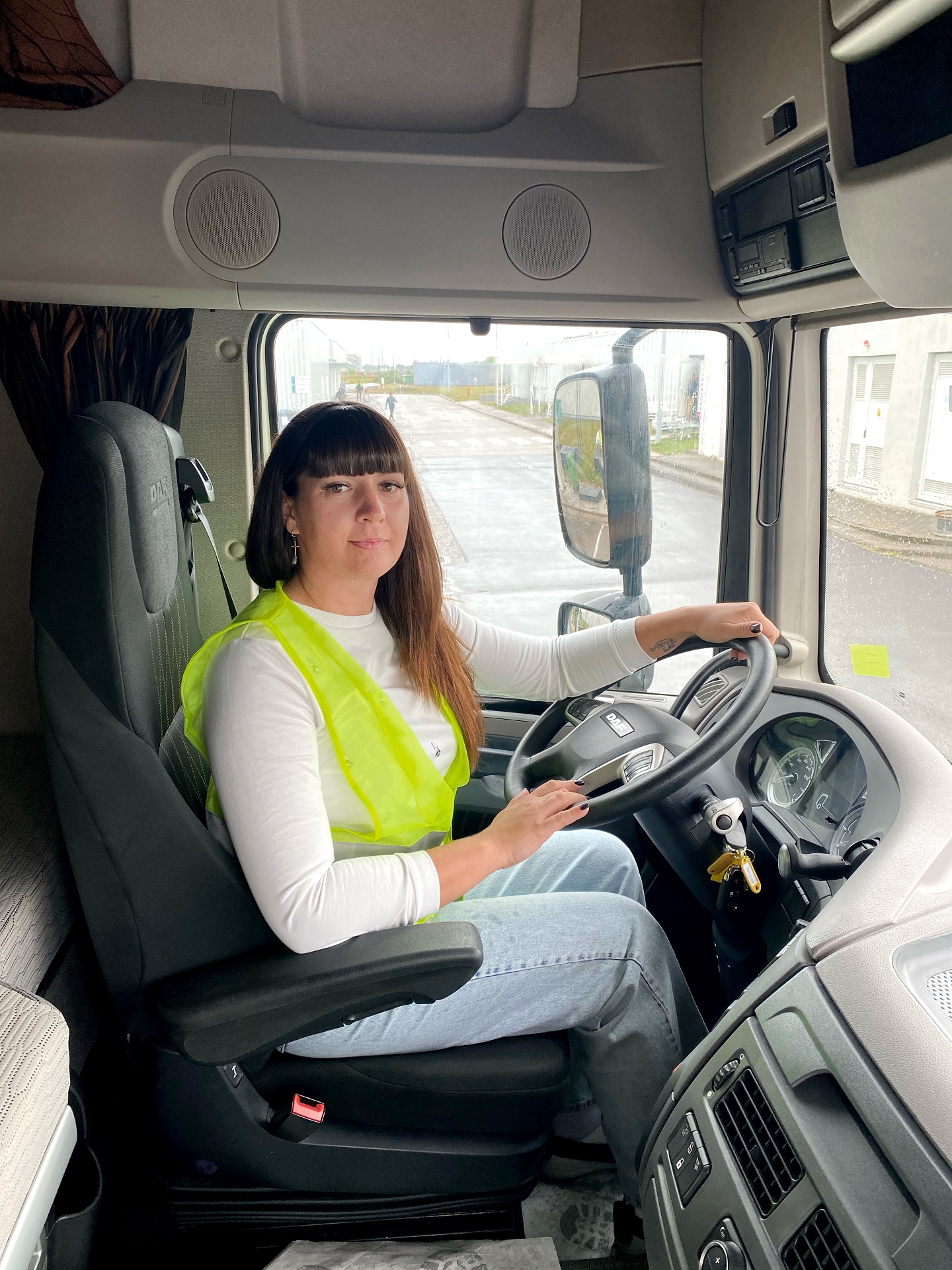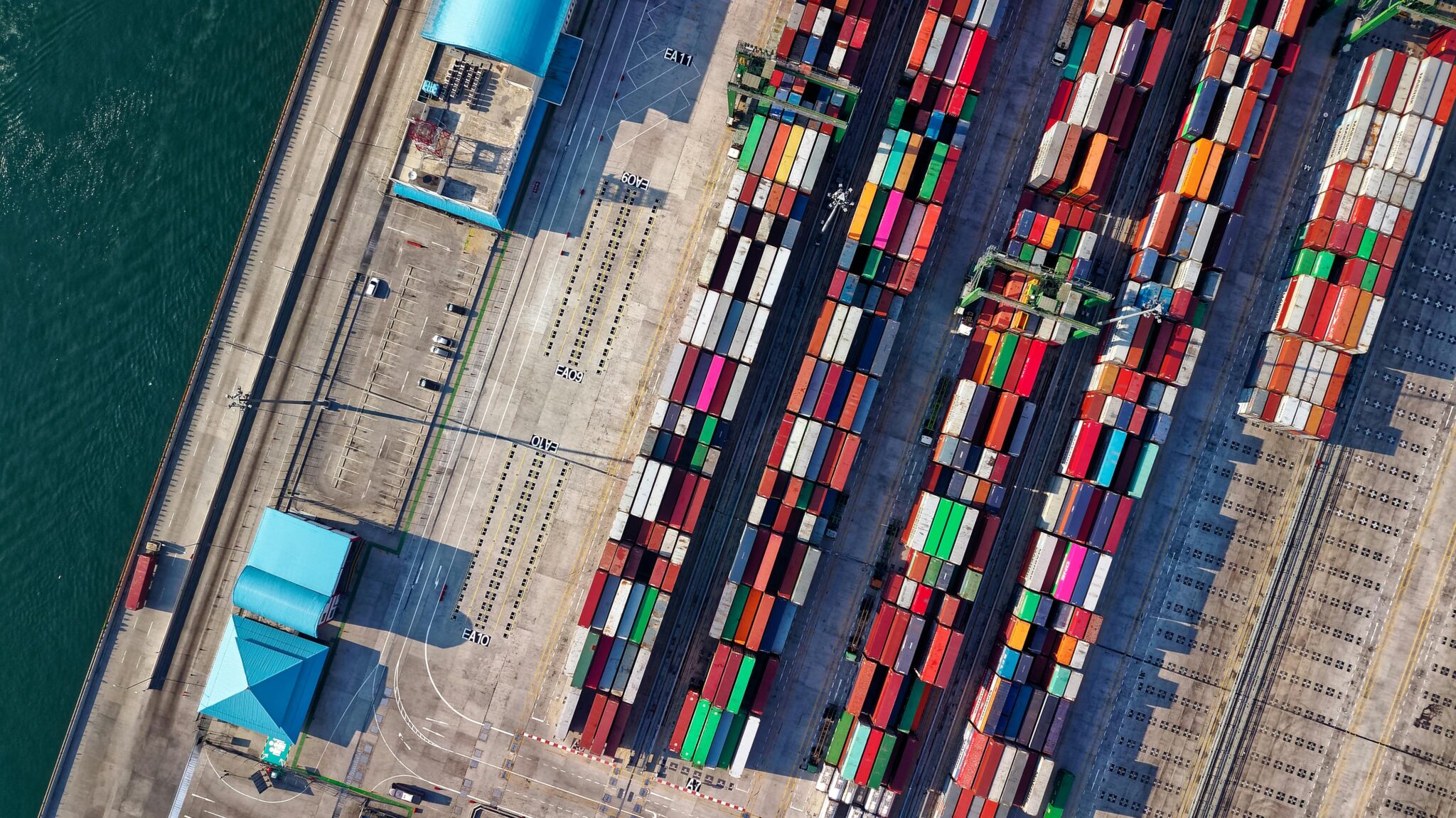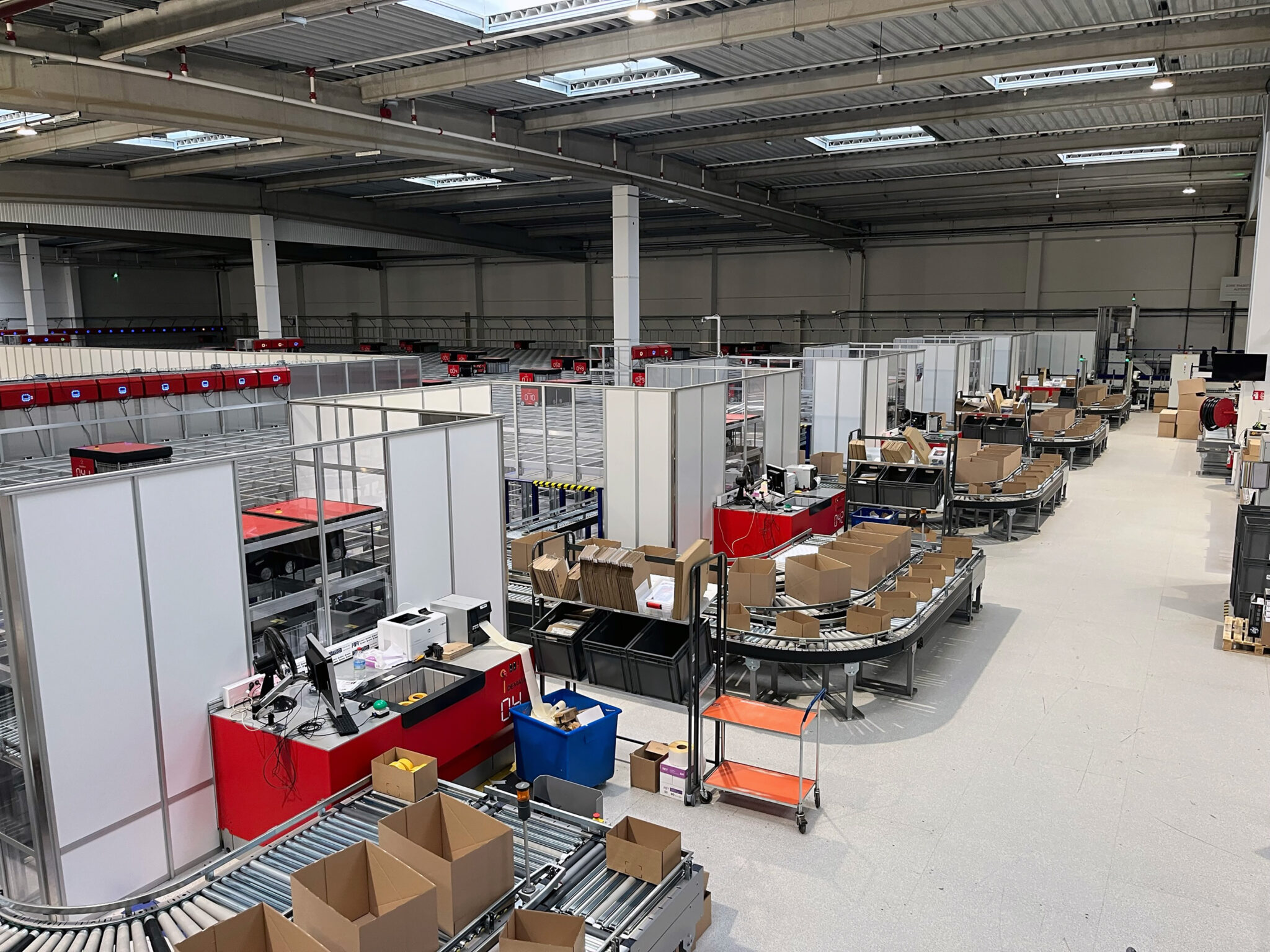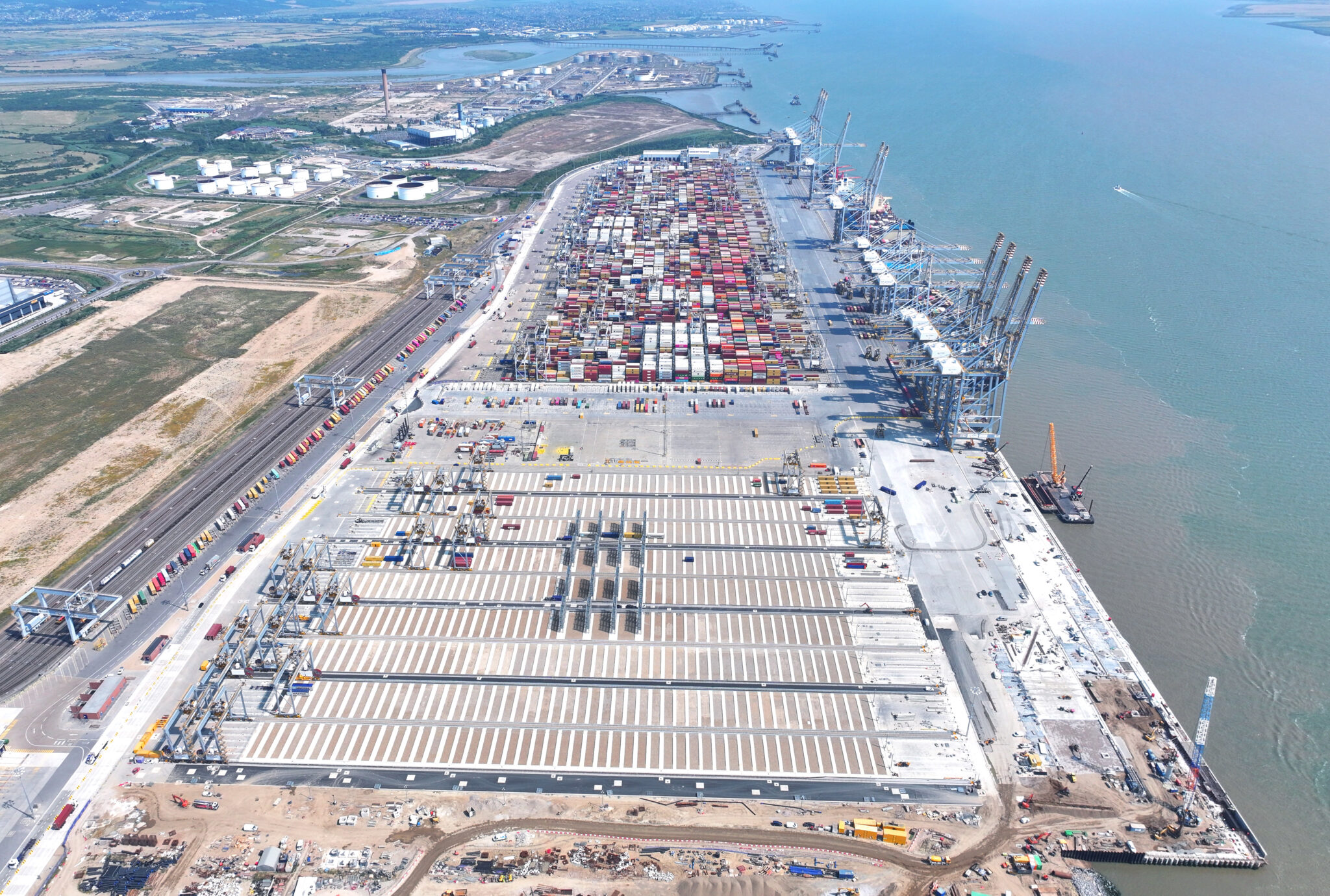Jihostroj, the biggest Czech manufacturer of hydraulic systems and aircraft instruments, saves 35 percent of its energy by installing EFAFLEX high-speed doors. Where high-quality components and assemblies for aircraft engines are manufactured, it’s all about absolute precision. And, at Jihostroj Aero Technology and Hydraulics in Velešín in the Czech Republic, this accuracy begins with constant temperatures in the production area. This allows them to guarantee that the materials to be processed are not subject to any temperature fluctuations, which requires high energy expenditure. To keep costs at an affordable level in times of extreme price increases for electricity and heat, the company concentrated on a concept for saving energy. Part of the implementation of this project consisted of installing eight high-speed doors from EFAFLEX at the production hall in Velešín.
“All companies have to react to rapidly increasing energy costs. That’s why we decided to renovate the existing production hall. The building façade was insulated and EFAFLEX high-speed doors were installed at the entrances. We already had many years of positive experiences with these doors in other operations within our company,” says Jan Kříha from Jihostroj. “The renovation has paid off: the energy savings have surpassed our expectations – our costs are now 35 percent lower. And the sophisticated design of the doors provides added value.”
New cost-cutting concept: insulation and fast doors
Components for the aviation industry are manufactured in the production hall in Velešín. The production hall gained 12 centimetres of insulations, new cladding, and the roof was recovered. The access points to the hall have also been transformed: they used to just have normal metal doors through which the equipment was transported, and the employees could access the hall. That changed during the renovation. Alongside the newly fitted staff entrances, four insulated EFAFLEX EFA-SST® high-speed doors were installed in the building. Openings in the building could be reduced to what it actually required thanks to installation of the new doors. Creating separate entrances for the employees now also improves occupational safety because routes for people and vehicles are separated from one another. The unnecessary manual opening and closing of the door is also now a thing of the past.
Durable and fast
The high opening and closing speeds, reaching up to 2.5 m/s, play a major role in saving energy – the quicker the doors open and close, the less heat escapes from the hall. Therefore having economic benefits and also a significantly longer service life in comparison with sectional doors. Their 250,000 cycles per year correspond to hundreds of openings per day.
Better working environment and faster logistics
And it’s not just the energy saving that the responsible parties are satisfied with following the renovation. Restructuring of the interiors and installation of four EFA-STR®-L high-speed doors has improved working conditions for the employees. Because the rapid opening and closing of the doors in the interior spaces reduces drafts and thus improves comfort in the workplace. Logistic processes run smoother now as well.
Induction loops for improved occupational safety
In addition to savings, consideration was given to improving safety with the renovation. Along with the installation of separate staff entrances, induction loops were therefore also installed in front of the high-speed doors. They are fitted in the floor in front of the doors and guarantee that the doors only open when the transport vehicle drives into or out of the hall. They do not react to normal traffic in front of or behind the door and thus prevent unnecessary opening.
similar news



